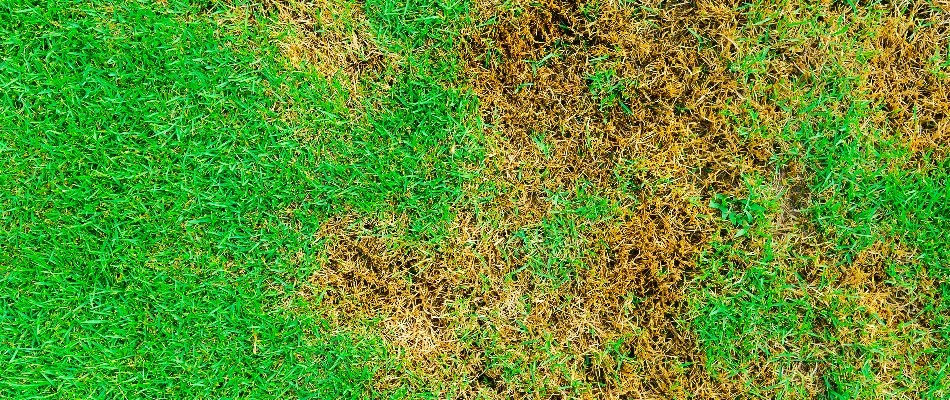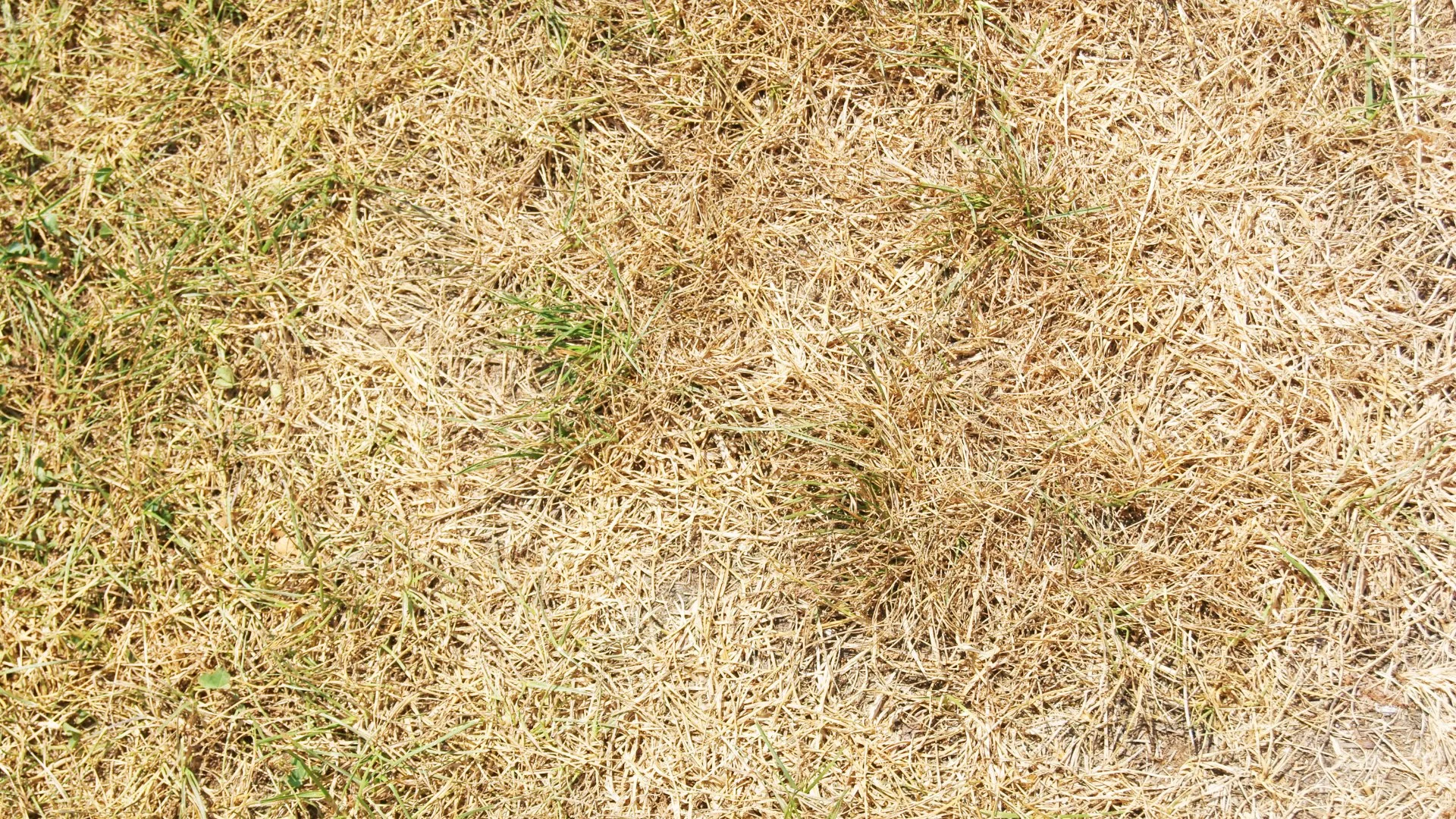It can be disheartening to look out at your once lush and vibrant lawn only to find it turning brown. If your lawn in Iowa, has seen better days and is turning brown, it could be caused by a few different factors, including dehydration caused by insufficient watering, excessive application of fertilizer leading to nutrient burn, or the presence of lawn diseases. Proper watering practices, balanced fertilizer application, and timely identification and treatment of lawn diseases can help restore your lawn's health and vibrant green appearance. Below, we’ll explore each of these causes and the signs to look out for in order to determine the appropriate course of action for restoring your lawn's vitality.
Dehydration is a hallmark cause of browning lawns.
Dehydration is one of the most common reasons for a brown lawn, often caused by inadequate watering. Signs that your lawn is suffering from dehydration include brown or tan patches that appear uniformly across the lawn. The blades of grass may become brittle and dry, losing their green color. Additionally, if your lawn is dehydrated, footprints or mower tracks may take longer to bounce back, indicating poor resilience.
If you suspect dehydration as the cause, consider adjusting your watering schedule to ensure your lawn receives sufficient water. You'll also want to check your irrigation zones to ensure that every part of your lawn is receiving the water that it needs.
Over-fertilization can lead to a lawn turning brown due to fertilizer burn.
Over-fertilization is another cause of a brown lawn, which occurs when fertilizers are applied excessively or improperly, leading to fertilizer burn. Signs of over-fertilization include uniformly brown patches or streaks across the lawn, often accompanied by a chemical odor. The grass blades may appear scorched, dry, and withered.
To address over-fertilization, consider flushing the soil by watering the lawn thoroughly to leach out excess fertilizer. This helps dilute the concentration of nutrients and prevent further damage. Adjust your fertilization routine by following the recommended schedule and carefully measuring the appropriate amount of fertilizer for your lawn's needs. Avoid applying fertilizer during periods of high heat or drought. If you're uncertain about the proper fertilization practices, seek professional advice from a lawn care expert who can assess your lawn's condition and provide tailored guidance.
A turf disease could be causing your lawn to turn brown.

Turf disease is another potential cause of a brown lawn. Signs of turf disease include irregular brown patches with distinct patterns or shapes. These patches may spread over time, and the grass blades may exhibit signs of discoloration, thinning, or even complete loss.
To address turf disease concerns, it is crucial to properly diagnose the specific disease that is affecting your lawn. Different lawn diseases require different treatments, so accurate identification is important. Implement appropriate treatment based on the diagnosis, which may include applying fungicides to your lawn. It is also essential to maintain preventive measures, such as regular aeration, proper watering, and ensuring adequate sunlight and airflow to minimize the risk of disease in the future.
Call us today to schedule our professional lawn care services.
Are you a residential or commercial property owner in Ankeny, IA, or a nearby area like Johnston or Urbandale whose lawn is turning brown? If so, we are your go-to provider for all your lawn care needs. With our comprehensive range of services including fertilization treatments, lawn disease control treatments, aeration, and more, we can diagnose why your lawn is turning brown and then get back to its lush, green appearance. Give us a call today at (515) 735-3338 to schedule any of our top-notch lawn care services.



Comments (0)
Thanks for your comment!
Thanks for your feedback! Your comments have been successfully submitted! Please note, all comments require admin approval prior to display.
Error submitting comment!
There is a problem with your comment, please see below and try again.